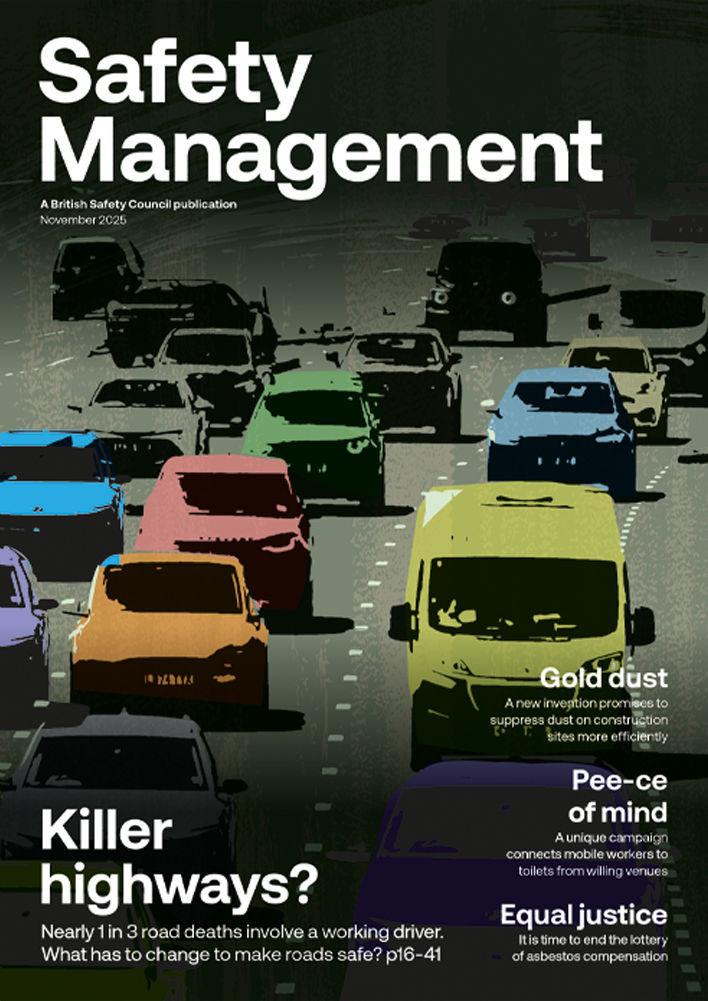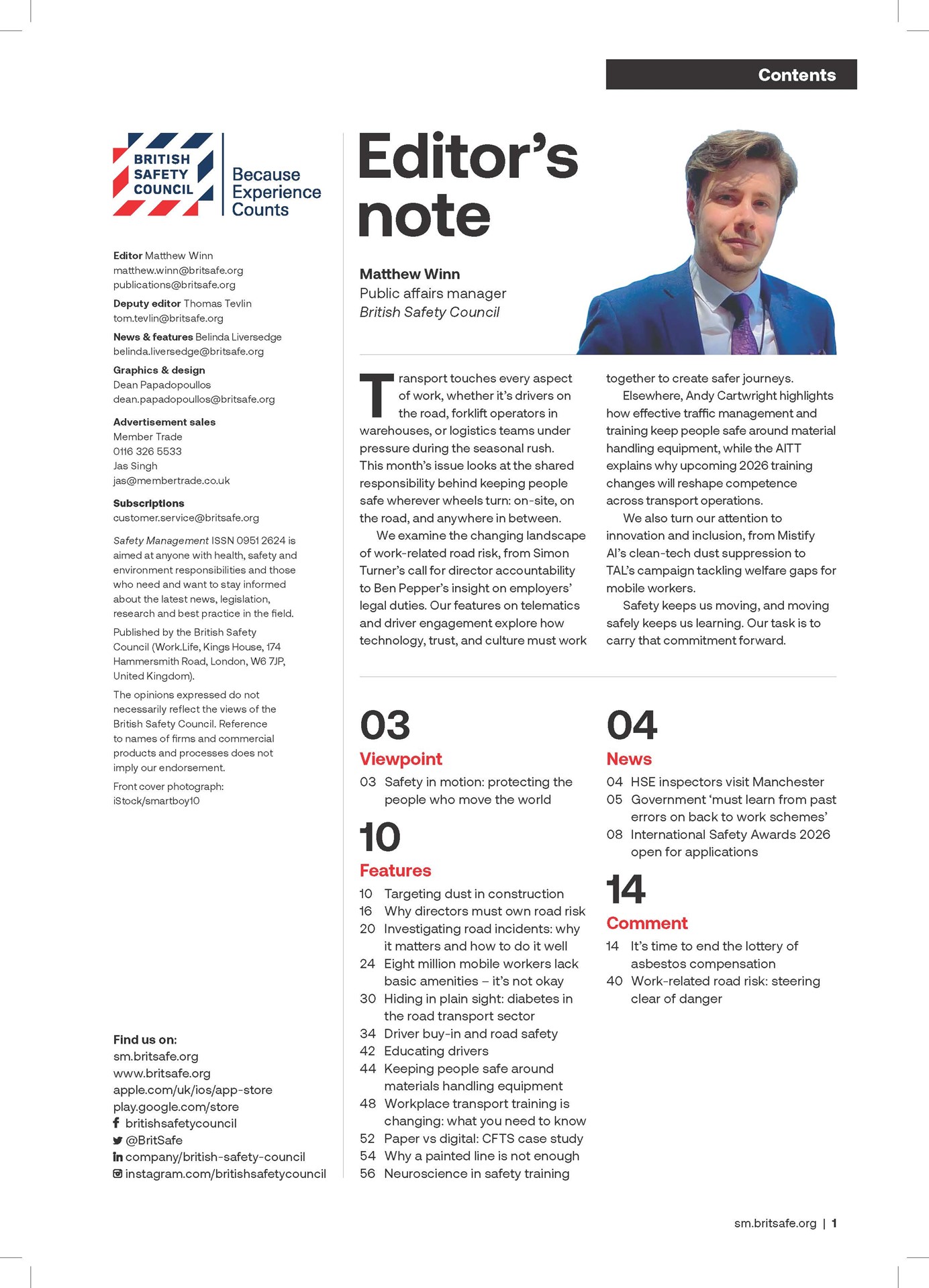The design standards for mobile access towers have been updated to make them even safer, so you should now select towers that meet the revised standards when buying new ones.
Features
Tower standards are levelling up
If your workers use mobile access towers or tower scaffolds, you have a responsibility to provide safe equipment. A simple way to do that is to ensure that not only is it in good condition, but it’s also certified to a recognised standard.
The standards for towers set out the design rules manufacturers should follow, such as the critical safety features which must be included, the performance requirements and the essential dimensions.
Updating and revising those standards is an important process that continually improves tower safety.
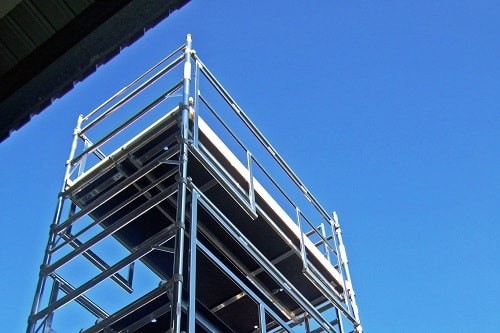 Low level towers (under 2.5m), often called room scaffolds, are now covered by the standard for the first time. Photograph: PASMA
Low level towers (under 2.5m), often called room scaffolds, are now covered by the standard for the first time. Photograph: PASMA
As PASMA’s technical director, I’m part of the team responsible for writing tower standards in the UK, Europe and around the world. Recently, the two main tower standards, BS EN 1004 and BS 1139-6, have both been updated. So what’s changed, how does this affect organisations using towers and how can you ensure your team are always using safe equipment?
What are the new tower standards?
Towers for sale or hire in the UK are covered by either BS EN 1004 or BS 1139-6. Which standard applies depends on the type of tower.
EN 1004: mobile access towers
Let’s begin with the basic EN 1004 mobile access tower – a straightforward but versatile piece of access equipment. By definition, an EN 1004 mobile access tower is a freestanding, single bay structure with four legs and wheels
(so that it’s mobile). It has only one working platform at a time and can reach a maximum platform height of 8m outdoors and 12m indoors. They’re generally made of aluminium or GRP (fibreglass).
A revised European standard for these towers was published in November 2020, known as EN 1004-1:2020 (published by BSI in the UK as BS EN 1004-1:2020). It replaced EN 1004:2004, the previous version, which was then withdrawn in November 2021. The -1 in the number means part 1.
Alongside that came a new second part to the standard, which covers the drafting and content of instruction manuals for these towers. This standard, which was published in November 2021, is EN 1004-2:2021 and the new part 2 replaces the now withdrawn standard EN 1298.
The main changes in EN 1004 affecting users are:
- Low level towers (under 2.5m), often called room scaffolds, are now covered by the standard for the first time. This means you might now need stabilisers on some of these towers where they were not previously required. To find out, check the latest copy of the instruction manual for the tower
- New safeguards have been introduced to help prevent accidents, such as measures to prevent castor wheels falling out and a requirement for the platforms to be secured at both ends
- Shorter maximum distances between platforms will limit the distance of any potential fall
(max 2.25m, down from 4.2m) - Shorter maximum distance from the ground to first platform will again limit the distance of potential falls (max 3.4m, down from 4.6m)
- Instruction manuals will be more comprehensive and user-friendly.
BS 1139-6: prefabricated tower scaffolds
A tower that doesn’t fit the definition of an EN 1004 mobile access tower is a prefabricated tower scaffold and these fall under the scope of the UK national standard BS 1139-6. They include towers with cantilevers, stepped towers, linked towers, towers with bridges and large deck towers. They also include any tower that has one or more of these conditions:
- Towers on baseplates, instead of wheels
- Towers tied into a supporting structure, and not freestanding
- Towers above 8m outdoors or 12m indoors
- Towers subject to wind loads greater than 0.1 kN/m²
- Other towers designed specifically for a site (which should only be built by a PASMA-qualified Access Tower Specialist).
The revised standard for prefabricated tower scaffolds came into effect in January 2022, as BS 1139-6:2022. It replaces the previous version BS 1139-6:2014.
The main changes in BS 1139-6:2022 affecting users are:
- You’ll be able to choose a tower with capabilities that suit your requirements, as the standard now includes both standard and non-standard configurations and a new range of wind classes
- New safeguards have been introduced to help prevent accidents
- Shorter maximum distances between platforms will limit the distance of any potential fall
- Towers will come with clearer user information and markings.
The standard configurations in BS 1139-6 are now supported by a revised range of PASMA training courses on the correct and safe assembly of these towers, available from PASMA training centres. Non-standard configurations are covered by PASMA Access Tower Specialist (ATS) training. Only PASMA Hire & Assembly members who are trained to this highest level ATS qualification can provide these site-specific specialised structures.
Plan of action
So, now you know what standards apply to what tower. But how do you make sure that every tower used in your business meets these standards?
We recommend you follow these four steps:
- Review your company’s purchasing policy to ensure it specifies that any new tower equipment must be certified to the latest version of EN 1004 or BS 1139-6
- Make sure any existing tower equipment is certified to the current or previous version of
EN 1004 or BS 1139-6 (it doesn’t need to be the latest version) - Inspect any tower equipment you currently own to ensure that it’s in good working condition. If a tower is certified to one of the appropriate versions of a standard and in good condition, there’s no need to replace it until it’s worn out or damaged
- When the time comes to replace a tower or if you want a new one, simply follow your updated purchasing policy.
We also recommend you keep checking if the manufacturer has recently released an updated instruction manual for any towers that you own, following the release of the new standards.
Spotting safe towers
We’re often asked if there’s a law about only using towers that meet the standards, and the answer is no. However, there is a legal requirement for employers to provide safe equipment for working at height and using towers that meet the appropriate standards is one good way of demonstrating that.
Unfortunately, towers that don’t fully comply with EN 1004 or BS 1139-6 may not be strong or stable enough. They may not have enough components to be built safely and may not have dimensions which meet the legal requirements of the Work at Height Regulations 2005. This includes towers that aren’t made to any standard and those made to old and obsolete standards, such as BS 1139-3 or HD 1004.
Learn more about tower standards and choosing safe equipment on PASMA’s website: pasma.co.uk/towers
Don Aers is Technical director at PASMA
FEATURES
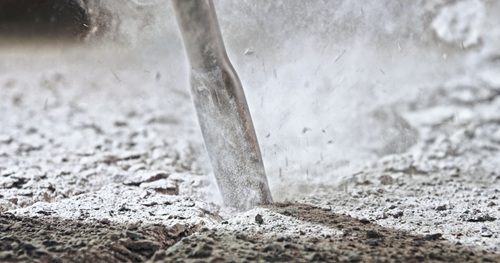
Targeting dust in construction
By Belinda Liversedge on 30 October 2025
Rohan Jindal was cycling to college in Dehli where he was studying engineering, when he had to stop. Not because of the hot sun beating down, but because he couldn’t breathe. And although asthmatic, that wasn’t the trigger. Looking all around he saw construction sites emitting large clouds of dust. This was his ‘a ha’ moment. “What,” he asked himself “do they do in construction to supress the dust?”
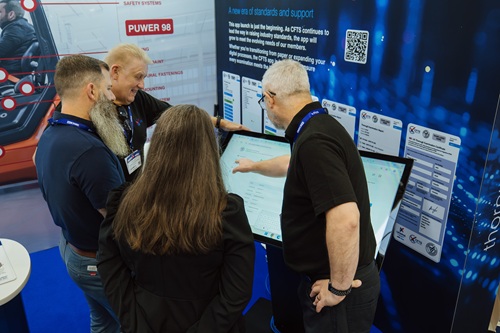
Paper vs digital – how CFTS is revolutionising work equipment inspections for members
By Rob Fisher, CFTS on 30 October 2025
A new mobile app makes it easier for CFTS-accredited businesses to manage the delivery of Thorough Examinations of customers’ work equipment, but it also benefits the customer through automated reminders about the safety of their machine and the results of the examinations.
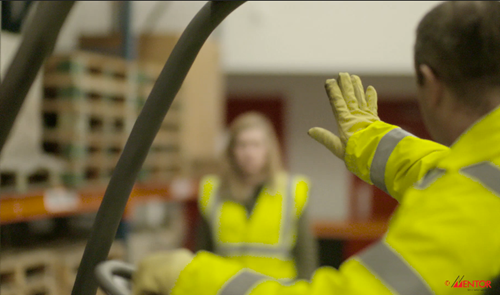
Keeping people safe around material handling equipment at peak times
By Andy Cartwright, Mentor FLT Training on 30 October 2025
For many businesses, the Christmas and New Year period sees increased use of equipment like forklifts as customer demand, sales and goods handling surge, so it’s essential that measures like adequate segregation of people and machines are in place to keep everyone safe.


